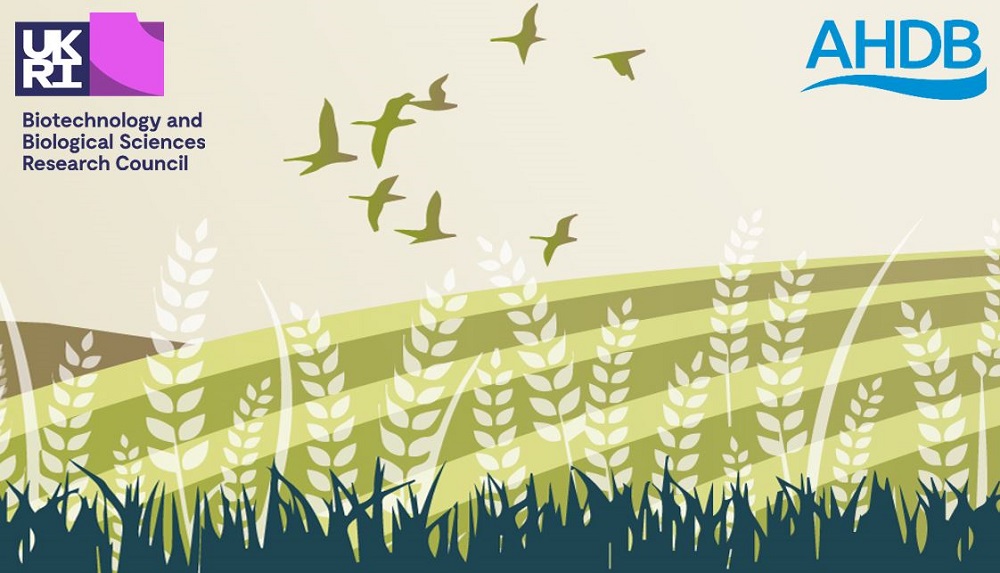- Home
- Knowledge library
- Best grazing options for soil health (AHDB/BBSRC net-zero partnership)
Best grazing options for soil health (AHDB/BBSRC net-zero partnership)
Summary
Downloads
PR640-02 Final report AHDB-BBSRC Farm Sustainability Fund (Staddon)About this project
In this project, mid-Wales livestock farmers partnered with researchers* to learn about the biological, physical and chemical components of their soil – and how they interact to affect their land’s productivity.
Representing a range of farms, including traditional, regenerative and organic systems, all participants had a shared interest in soil health.
Together they evaluated the impact of grazing styles, species of animals and other grassland practices, on soil biodiversity, nitrogen and carbon levels.
Field types
Fields were categorised by environmental conditions, grazing use and recent management. Variables included:
- Sheep only
- Sheep and chickens
- Sheep and cattle
- Cattle only
- Mob grazing
- Rotational grazing
- Occasional grazing
- Length of grazing period
- Hay crop taken
- Wet areas
- Silvopasture
- Herbal leys
- Liming
Soil samples were taken from each distinct field type (142 fields) – five soil cores across a classic W sampling pattern – and combined to form a single field sample. A duplicate was made to ensure there was enough material for the various tests (284 samples).
Soil analysis
An analysis of carbon and nitrogen was performed on the samples. DNA extraction was also conducted on 83 samples and a DNA library used to help identify the species (or family) of fungi and bacteria present.
The average ranges of soil carbon and nitrogen content per farm were within those commonly reported on UK livestock farms. However, these averages masked variability at the field level, with some inconsistent results recorded.
For example, some farms had higher soil carbon readings in sheep-only grazed fields, compared to cattle-only grazed fields. However, most other farms showed improved carbon measurements with cattle in the system. Additionally, some silvopasture fields resulted in high or very high soil carbon, but this was not seen in others.
Across the farms, there were no obvious differences in the numbers and types of bacteria and fungi. Indeed, other studies have found that populations can be stable over large geographical areas. However, bacterial and fungal diversity tended to be lower where soil carbon and nitrogen levels were higher.
Farmer opinions
Graduate students** from Royal Agricultural University (RAU) interviewed the farmer participants to better understand on-farm approaches to management. The questions probed perceptions of soil health and dug into what/who influences their soil management decisions.
The farmers remain keen to assess and improve soil health. However, the cost and consistency of soil biodiversity testing methods mean such approaches are currently unlikely to be adopted widely by farmers.
A robust, yet cheap, method of fully assessing soil health remains an aspiration.
The farmer group has identified practical and affordable approaches to measure soil health components. This includes the visual evaluation of soil structure.
Future work
This initial study raised more questions than it answered, including:
- What caused the different results in similar grazing regimes and livestock types?
- Were the young trees in one silvopasture field behind its low-carbon result?
- Why does higher soil carbon and nitrogen appear to relate to a lower level of soil biodiversity?
It is hoped that further partnership work will help to address such questions.
Head to the Wye Soil Group’s YouTube channel for further information
AHDB/BBSRC net-zero partnership
This project was part of an AHDB/BBSRC partnership that aimed to support the agricultural transition to net zero. Project costs were met through BBSRC’s Farm Sustainability Fund. The partnership supported ten projects that addressed priorities identified by farmers, including ways to cut greenhouse gas emissions and increase carbon storage.
*This article is based on one submitted by the project partnership research group:
- Jane Ricketts Hein – Cynidr Consulting
- Phil Staddon – Countryside and Community Research Institute (CCRI) at the University of Gloucestershire CCRI and RAU
- Felicity Crotty – RAU
- Hal Drysdale – Wye Soil Group of farmers
**The partners also recognise the valuable support provided by Lantra and Natural Resources Wales, as well as the MSc and Graduate Diploma in Agriculture (GDA) students at RAU – J. Phillips, R. Nedziwe, A. Buckle, K. Heimbach and E.E. Hutchful.
Related resources


